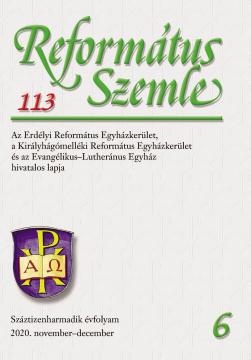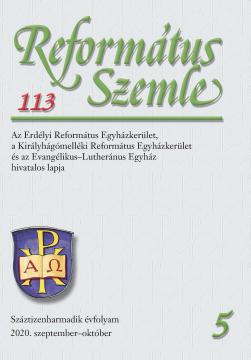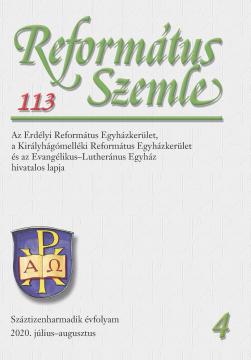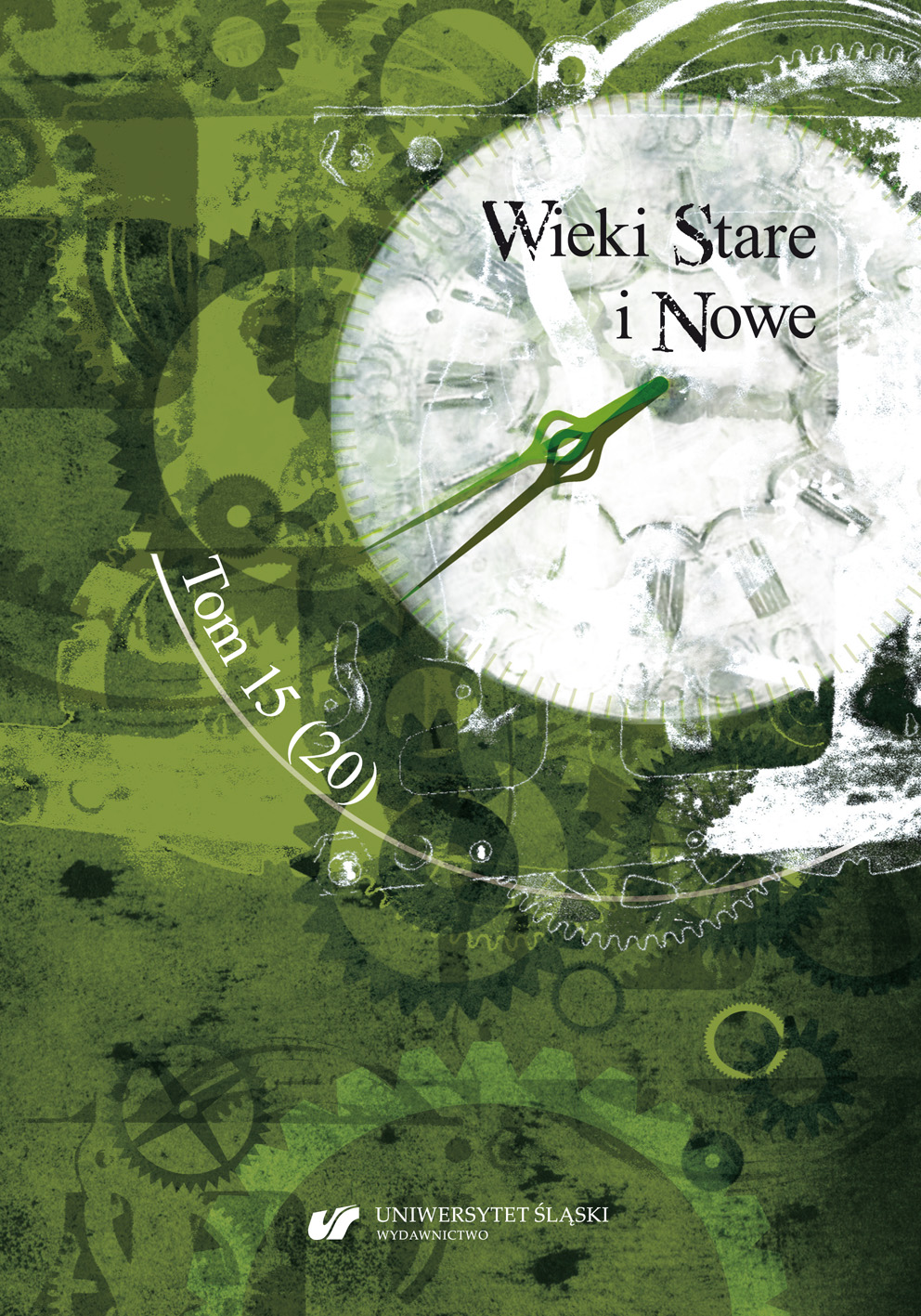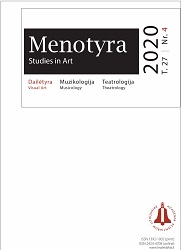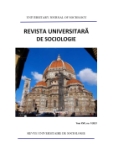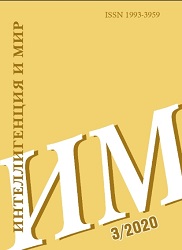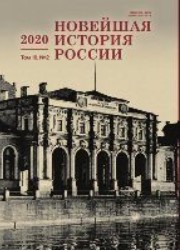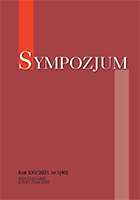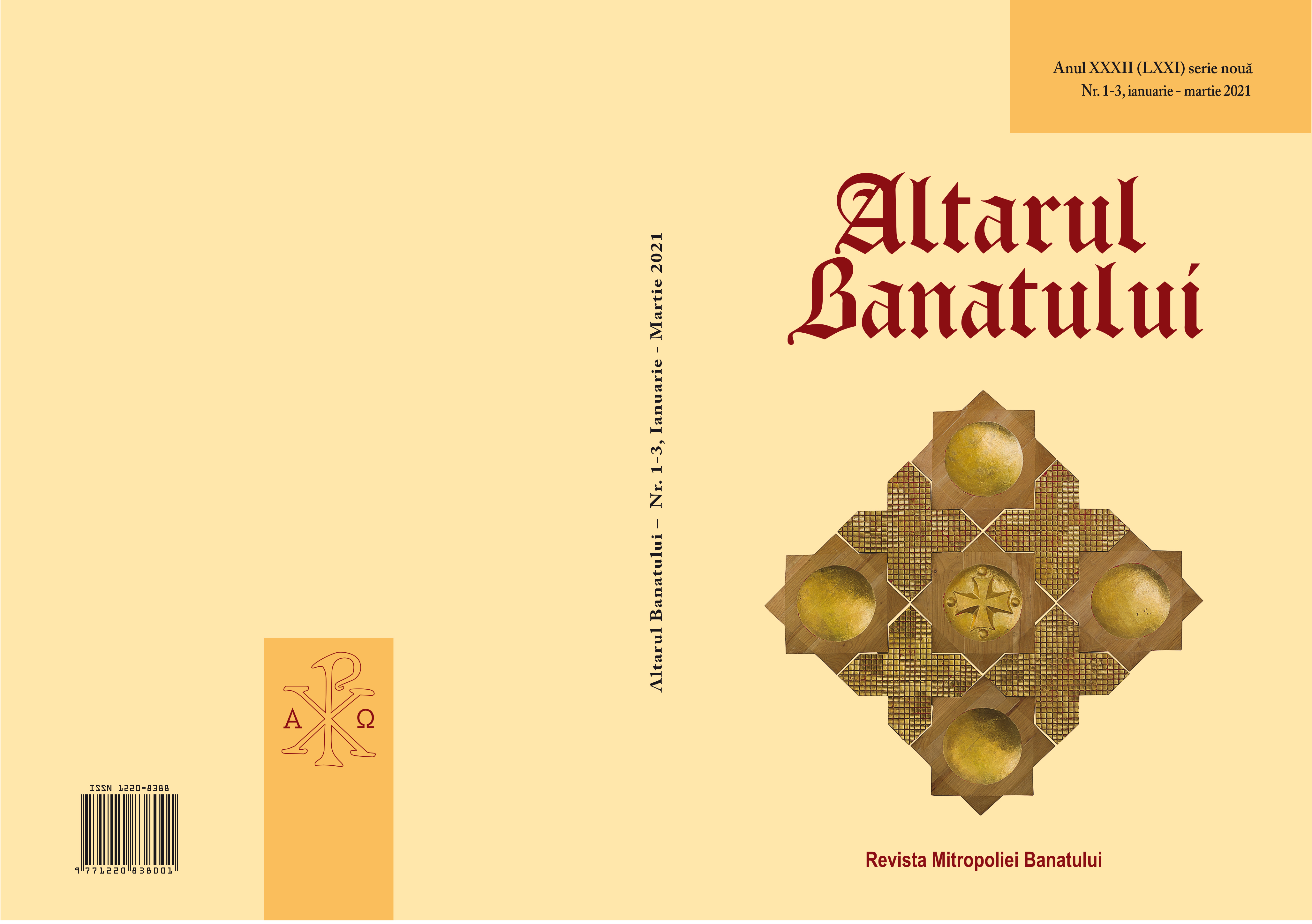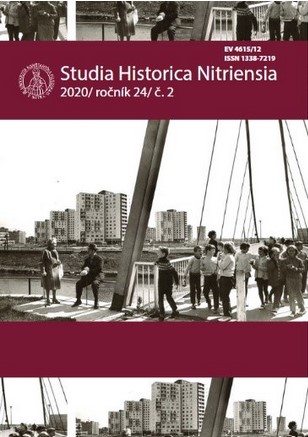Author(s): Tiberiu Ciobanu / Language(s): Romanian
Issue: 1-3/2021
Because this year (more precisely on August 11th) is the 565th
anniversary of the transition to the eternal ones of John Hunyadi, but also because
the famous ruler by state and by army of origin Romanian meant a lot to the
history of Banat, I decided to draw up this modest study in his memory to be
printed in this remarkable publication. John Hunyadi was one of the greatest
European political and military leaders of the 15th century, standing out as the
initiator and commander of the anti-Ottoman fight. He was born around 1407
as the son of Vojk, “soldier of the royal court”, son of Şerbu (an important
Romanian knyaz in the Haţeg land), and Elizabeth of Marginea, descendant of
lesser noblemen from Hunedoara (migrated probably into Transylvania from
the Banatian district of Marginea) who had embraced Catholicism, the faith in
which her children, including Hunyadi, were raised. Most of the narrative and
official (diplomatic) historical sources of his time and subsequently confirmed
its Romanian roots. Marco Antonio Bonfinio (Bonfini/Bonfinius), an Italian
scholar, wrote in his chronicle that John Hunyadi’s father was Romanian, one
of those who “inhabit the land of the Getae and the Dacians, descendants of the
Roman settlers, as proved by the language they speak”. The great Italian scholar,
Aeneas Sylvius Piccolomini, who would later become pope Pius II, wrote that
John Hunyadi “whose name far outshines the others did not increase so much
the glory of the Hungarians, but especially the glory of the Romanians among
whom he was born”. In his times, it was known that Hunyadi “was not a
Hungarian but a Romanian of a lesser nobility”. In the 19th and 20th century
many Banatian scholars took a keen interest in the origin, personality and deeds
of John Hunyadi. We mention here: Nicolae Stoica of Haţeg, Damaschin Bojincă,
Iosif Bălan, Victor Motogna (a Banatian by adoption), Patriciu Dragalina etc.
Worthy of remark is Damaschin Bojincă’s monograph about the great Christianity’s
hero called The description of birth and heroic deeds of very famous and all
Scurtă prezentare biografică a lui Iancu de Hunedoara 91
over Europe of the wonderful hero John Corvinus of Hunyadi. Half of this study
deals with the matter of John Hunyadi’s Romanian origin. On 18 October 1409
John Hunyadi’s father was ennobled and received Hunedoara possession with
surrounding villages from king Sigismund of Luxembourg (1387-1437). After
having served his apprenticeship at some laymen and clergymen’s courts and
even monarchs as well, John took part in the anti-Ottoman fight in the south of
Hungary, leading his own detachment of 6-12 cavalrymen. Around 1428-1430
he married Elizabeth Szilágyi, a Hungarian noblewoman of high rank from
Solnacul de Mijloc county (or Slavonia) whose family were supporters of
Sigismund of Luxembourg. They had two children, Ladislau and Matthias (the
future king of Hungary between1458-1490). With the support of his wife’s
family, John entered the retinue of Sigismund (emperor 149 of Germany since
1410) and he served Filippo Maria Visconti, duke of Milan, in his anti-Venetian
campaign. In this period John Hunyadi completed his military education and
training and studied the new military art of Italy from the condottieres. In 1434
he accompanied his monarch at the Council of Basel, Switzerland. In 1436-1437
he joined Sigismund of Luxembourg in his campaign in Bohemia (Czechia).
Although king “de jure” Sigismund was to become king “de facto” as the country
people, townspeople and lesser nobility wouldn’t acknowledge the German
suzerainty. At that time, John was already leading his own detachment of 50
troopers. On 9 December 1437 Sigismund of Luxembourg died and Hunyadi
went to Alba Iulia to attend the coronation of Albert of Austria (1438-1439) as
king of Hungary. Then he returned to Bohemia where he spent the remainder
of the year 1438, so he did not take part in the suppression of the peasant revolt
in Transylvania (1437-1438). Although king Albert of Austria was acknowledge
by a group of noblemen from Czechia, the Hussites were against him, preferring
Casimir, the brother of the Polish king, as their sovereign. John Hunyadi and
his brother were engaged in king Albert’s warfare with the Bohemians and their
Polish allies. In 1438, during peace negotiations, king Albert promoted Hunyadi
to Ban of Severin, a dignity that he shared with his brother. He was soon in the
ascendant. On 7 March 1441 king Vladislav I rewarded him with the title of
voivode of Transylvania, position retained until 1446. During this time he was
also Comes of Temes and Comes of the Szekely. His sovereigns recognized his
merits by granting him vast estates in Transylvania, the Banat and eastern
Hungary. All these brought him great revenues, John Hunyadi being the greatest
landowner in Hungary at the time. In 1445 he became Captain General of
Hungary and in 1446 he was rewarded by king Vladislav I with the captaincy
of the fortress of Belgrade. In June 1446 he found himself at the peak of his
political career when he was elected as Regent-Governor of the kingdom of
Hungary by the Diet. Supporter of the centralization of political power, on the
external plan John Hunyadi consequently sought to create a system based on
92 Altarul Banatului
tightening the ties between the three Romanian principalities in order to form a
united anti-Ottoman front. At the same time he aimed to launch a Christian
crusade to oust the Ottomans from Europe. In 1442 he defeated the Turks at
Sibiu and Ialomiţa. In 1442-1443, during the famous expedition known as “the
long campaign”, John Hunyadi crossed the Balkans advancing as far as Zlatita
where he scored a brilliant victory over the Turks, then in 1445 obtain a new
victory over them in a campaign undertaken along the Danube, but he was
defeated in the battles of Varna (1444) and Kossovopolje (1448). 150 After his
resounding victory against the Ottoman armies led by sultan Mohammed II
(1444-1446; 1451-1481), in July 1456 in the famous Battle of Belgrade, John
Hunyadi died of bubonic plague in his camp at Zemun, near Belgrade, on 11
August 1456. He is buried in the Roman Catholic Cathedral “St. Michael” of
Alba Iulia. His funeral plaque was engraved with John of Capestrano’s words:
“The light of the world has passed away”.
More...
